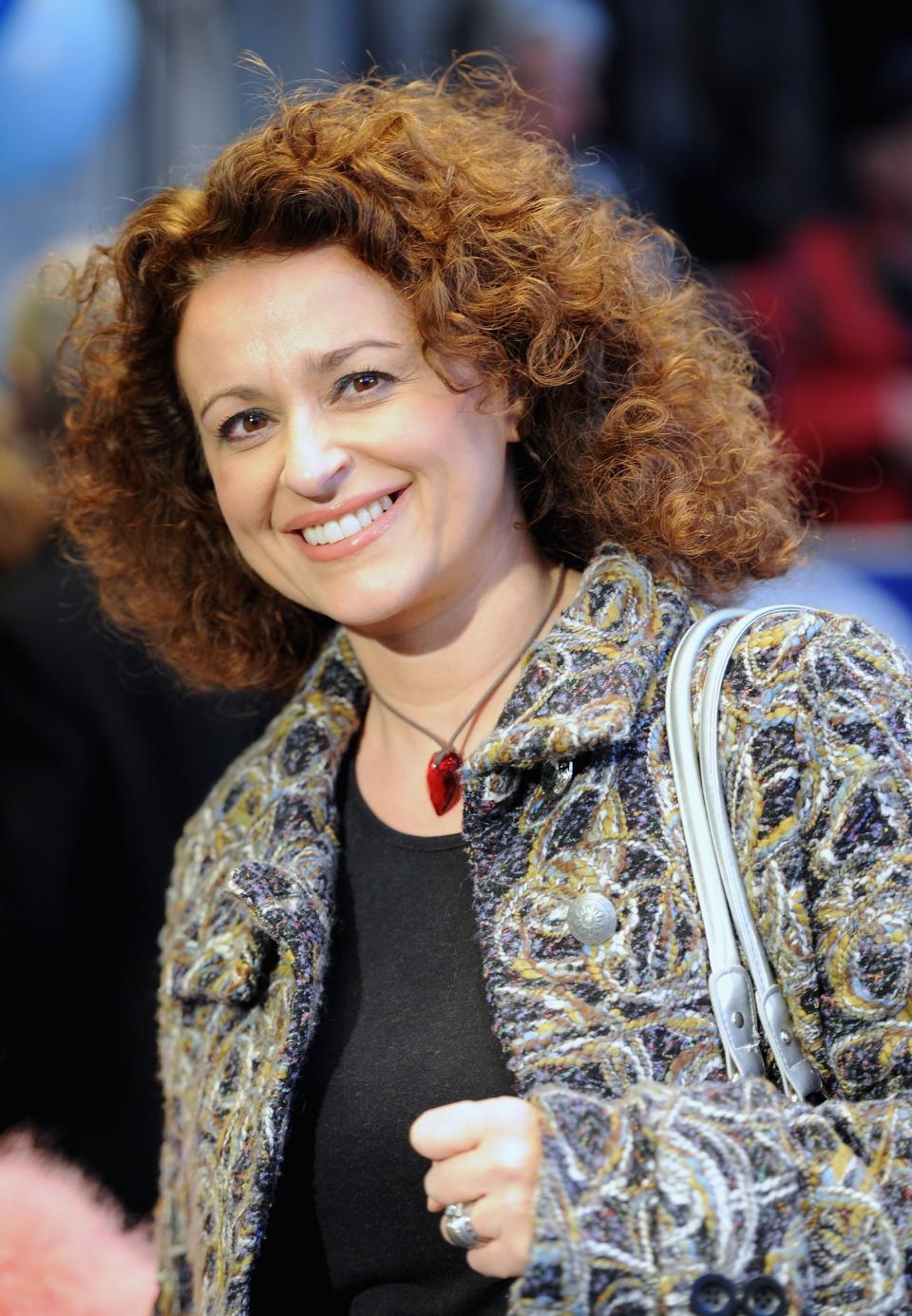Nadia Sawahla just opened up about hair loss, but why does it happen and what can we do to prevent it?

In a recent Facebook video, Loose Women‘s Nadia Sawahla says that people always compliment her natural, gorgeous hair.
But she also had a confession to make – that the hair is fake.
She explains that once her “amazing”, “thick” natural hair was once her “pride and glory”, but that after having her kids, its texture and thickness began to change.
And once she reached the peri-menopause, she lost a third of it and continued to lose more.
“I feel bad even saying this when you think of people that have lost their hair completely with alopecia or cancer treatment, but it doesn’t really make it any easier, the fact that I’m losing my hair.”
After speaking to a specialist, she discovered she has the “balding gene” – but she didn’t know women could have it.
So how common is hair loss in women, exactly – and is there anything we can do to prevent it?
“Hair loss in peri- and menopausal women is common,” says consultant dermatologist and hair specialist Dr Sharon Wong.
“It’s been estimated that approximately 40% of women have hair loss after the menopause but the actual figure is likely to be much greater, mainly as a result of under-reporting.”
Dr Wong says that it’s a result of oestrogen reducing during this time and male hormones – androgens – increasing.

The problem being that oestrogen has a protective effect against hair loss, while androgens can cause progressive shortening of hair follicle growth – ultimately resulting in shorter, finer hair fibres.
And when it comes to treatment, the earlier it’s started the better – which can prevent further hair thinning and for some, spark increased hair growth and density.
“Common treatments include products applied directly onto the scalp such as minoxidil, which improves the circulation to hair follicles and extends the growth phase,” Dr Wong explains.
“Some preparations combine minoxidil with oestrogen and anti-androgen drops, targeting the hormonal drive to the hair loss.”

Dr Wong says that another option is hormone replacement therapy (HRT), which is used to alleviate many menopausal symptoms including hair loss by bringing hormone levels back to how they were previously.
“However, it’s always advised that careful consideration needs to be given relating to the potential long term risks of HRT versus any potential benefit to be gained,” Dr Wong warns.
And finally, there’s spironolactone – a diuretic and anti-androgen which is used by dermatologists for hormonal acne as well as hair loss.
So the options are out there – you just need to catch it as early as possible.
Follow us on Instagram and Facebook for non-stop inspiration delivered fresh to your feed, every day. For Twitter updates, follow @YahooStyleUK.
Read more from Yahoo Style UK:
This 70 year old looks amazing after cutting out sugar for 28 years
Vasectomies are becoming a summer trend
Your favourite cocktails and the lower-calorie alternatives you could drink instead


